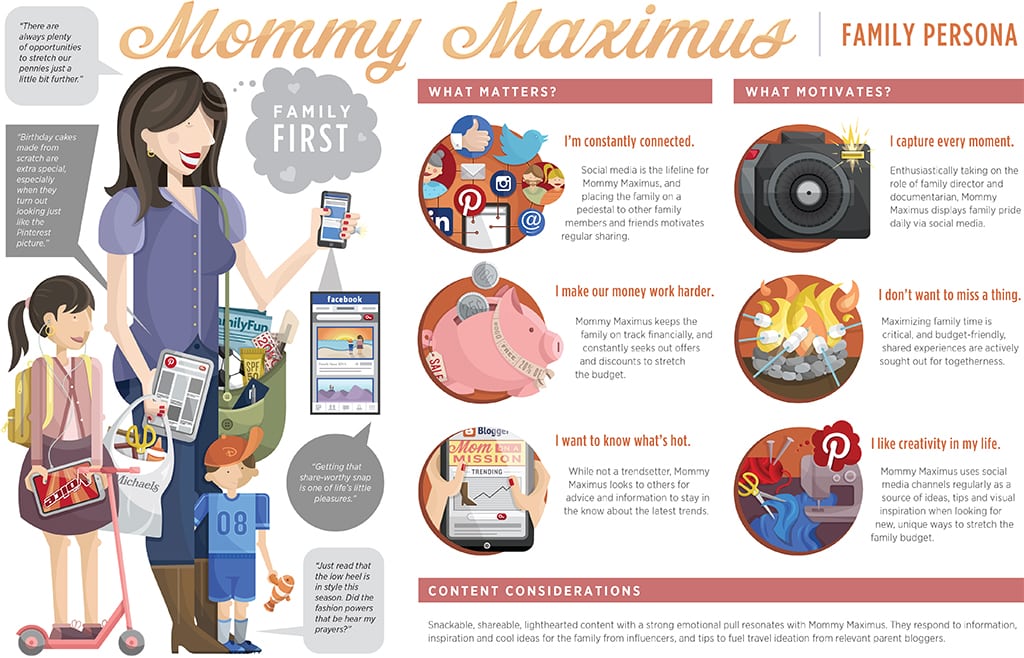Skift Take
The shift from analyzing target customer demographics to consumer psychographics is taken to a new level with this strategic marketing and communications plan.
Last month, Visit California launched its 226-page Dream Big Dividend Work Plan for the 2015/2016 fiscal year, constituting the most comprehensive marketing, communications, and operational strategy framework for the organization to date.
The breadth of the strategy roadmap is the result of Visit California's Dream Big Dividend initiative last year. In a statewide vote, tourism industry stakeholders approved a large jump in funding for the destination marketing organization (DMO) to $100 million per annum. In comparison, the 2013/14 budget allotted $50 million, well behind Las Vegas, Florida, New York, and Orlando at the time.
The Visit California Work Plan outlines how the DMO should spend that $100 million.
Due to the scope of this report, it would require a whole series of posts to deconstruct its deliverables. For our purposes here, we're looking solely at how Visit California breaks down consumer target audience demographics and psychographic profiles. For reference, here are some links to various partial sections of the Work Plan.
Visit California's consumer target audiences have been "identified to provide optimal ROI potential for the industry’s investment." These audiences are identified by a three-layer pyramid beginning at the top with a "Broad Global Brand Target" defined by age, income and desire to travel. The middle layer consists of "Opportunity Brand Targets" that hone in on key demographic and psychographic niches. The bottom layer describes "Passions-Based Targets" that aggregate people by interest.
Beginning with the broad global brand target customer, he or she is over 18 years old, lives in the top one third of household incomes, and vacations at least once annually


